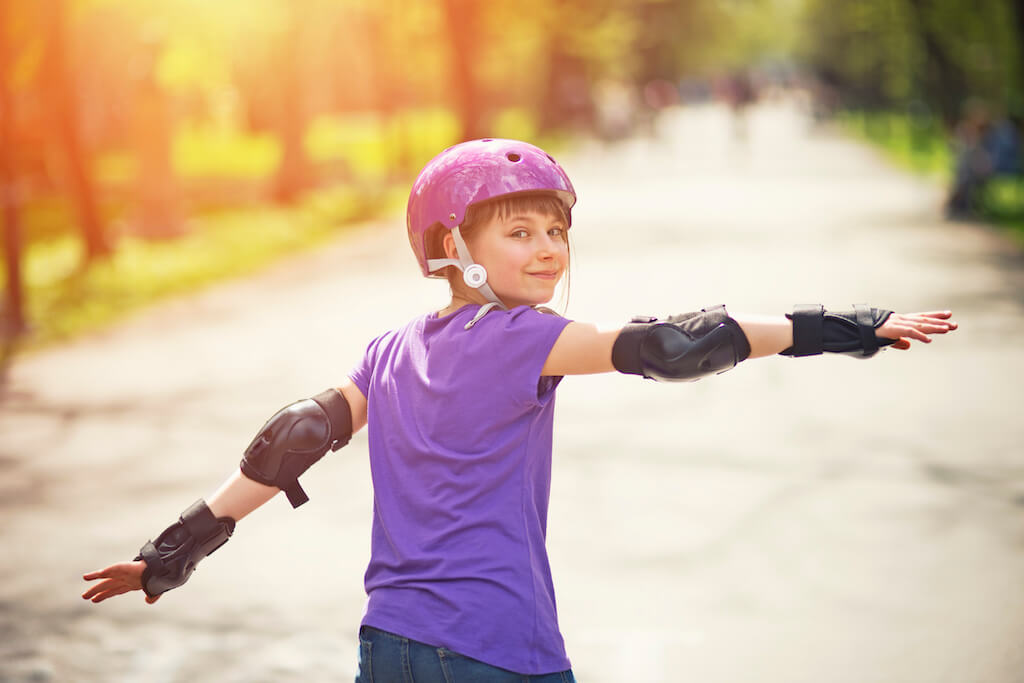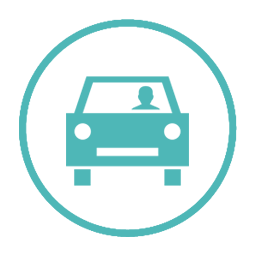Lesson Plans by Grade Level
Staying safe while skateboarding and in-line skating
Helmets
- While bike helmets can be used for in-line skating, there are specifically designed helmets for skateboarding that provide greater head protection. Check the manufacturers label to see which activity the helmet has been tested for. In order for the helmet to provide the most protection, make sure it fits properly.
- Replace your helmet every two to three years, or after you’ve had a crash.
Wrist guards
- Wrist guards are an important piece of equipment. They can reduce a person’s risk of breaking or spraining their wrists/arms in the event of a fall. They work by absorbing the shock of the fall, and they help prevent the wrist from bending backwards.
- When you fall, try to fall forward so that your wrist guards can do their job and help reduce the risk of injury.
Knee and elbow pads
- When you fall forward, your hands, your arms and your knees will absorb the impact, so wearing knee and elbow pads will further reduce the risk of injury.
- Knee and elbow pads also protect against cuts, scrapes and bruises.
- Practice first in a protected area, such as an empty parking lot, unused tennis or basketball court, sidewalk or any flat, smooth piece of pavement with grass beside it (this offers a soft place to fall while learning) before heading out to the street.
- Practice on dead-end streets or cul-de-sacs, streets that are blocked off to traffic, parks, trails and bicycle lanes or paths.
- Skate parks can provide a safer environment because they keep children away from traffic, uneven roads and sidewalks.
- Check the local municipal bylaws to confirm where you are allowed to in-line skate/skateboard and to follow posted signs in city parks. It’s up to the local municipalities to decide where skateboarding and in-line skating are allowed.

- Remember to be friendly, helpful and polite as you share the road/trail/skatepark with others.
- If you’re with a group and you have to pass other people, make sure your group passes in a single-file line. It’s helpful to call out which side you’re passing on so that people ahead of you know how to make sure they avoid you. Otherwise, you could hurt yourself, as well as someone else.
- Stay on the right-hand side of the trail unless you’re passing someone.
- Be aware of your surroundings. Watch out for vehicles, pedestrians, cyclists and other in-line skaters/skateboarders. Do not skateboard or in-line skate while using headphones.
- It’s dangerous to skate in the dark, since it’s difficult to see the environment around you or other people. If you must go out at night, don’t wear black. Instead wear bright, reflective clothing so that people can see you.
- Pay special attention when you’re going around a corner just in case you can’t see oncoming traffic or pedestrians. Always cross the street at a crosswalk.
Resources
- Summer sports and recreation. Parachute.



